Danielius Kokanauskis
Nacimiento : 1978-01-01, Vilnius, Lithuania
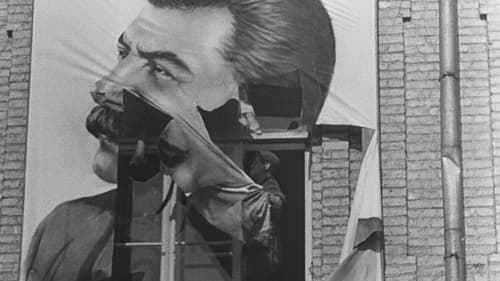
Editor
Entre el 29 y el 30 de septiembre de 1941, el Sonderkommando 4a del Einsatzgruppe C, con la ayuda de dos batallones del Regimiento de la Policía del Sur y de la Policía Auxiliar Ucraniana, y sin que la población local opusiera ningún tipo de resistencia, fusiló a 33.771 judíos en el barranco de Babi Yar, al noroeste de Kiev. La película reconstruye el contexto histórico de esta tragedia con imágenes de archivo que documentan la ocupación alemana de Ucrania y la década posterior.

Editor
The Kiev Trial, also known as the ‘Kiev Nuremberg’, took place in January of 1946 in the Soviet Union, and was one of the first post-war trials convicting German Nazis and their collaborators. 15 criminals, guilty of atrocities, which were later identified by the Nuremberg trials as “crimes against humanity”, faced justice in case No.1679 “On the atrocities committed by fascist invaders on the territory of the Ukrainian SSR.” Using unique, previously unseen, archive footage, Sergei Loznitsa reconstructs key moments of the proceedings, including statements of the defendants and testimonies of the witnesses, survivors of Auschwitz and Babi Yar among them. The film lays bare the ‘banality of evil’ and is devastatingly relevant today, as Ukrainian people are once again being subjected to the violence of barbarian invaders.

Editor
Is it morally acceptable to use the civilian population as yet another tool for waging war? Is it possible to justify death and destruction for the sake of supposedly lofty ideals? The question remains as pertinent today as it was at the beginning of World War II, and it is becoming increasingly urgent to answer, as countless tragedies have been caused by unethical political decisions.
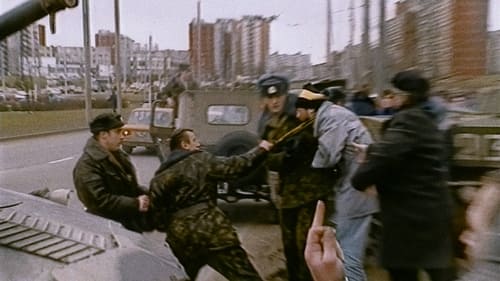
Editor
This film about the Baltic nation of Lithuania from 1989 to 1991, when it broke away from the Soviet Union. This period of peaceful protests involving lots of singing came to be known as the "singing revolution."

Editor

Additional Editing
Single mother Anna and her four children live in the front-line war zone of Donbas, Ukraine. While the outside world is made up of bombings and chaos, the family is managing to keep their home a safe haven, full of life and full of light. Every member of the family has a passion for cinema, motivating them to shoot a film inspired by their own life during a time of war. The creative process raises the question of what kind of power the magical world of cinema could have during times of disaster. How to picture war through fiction? For Anna and the children, transforming trauma into a work of art is the ultimate way to stay human.

Editor
Año 1970. La Guardia Costera de los EE. UU. se dispone a encontrarse con un barco soviético anclado frente a las costas Norteamericanas. Se ha programado una conferencia de un día entre las dos naciones para discutir los derechos de pesca en el Océano Atlántico. Mientras las conversaciones están en pleno apogeo, el marinero lituano Simas Kudirka salta al agua helada del Atlántico y nada hasta el barco estadounidense en un frenético intento de conseguir la libertad. Para su desgracia y ante el clamor de numerosos medios de comunicación mundiales, los estadounidenses lo devuelven a los soviéticos y Simas es juzgado por traición. El evento desencadena una serie de protestas en todo EE. UU. pidiendo su libertad. Toda esperanza parece perdida, hasta que aparece nueva información sobre Simas.
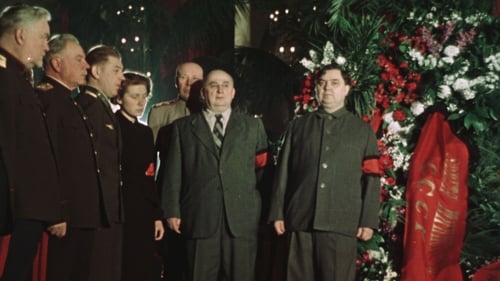
Editor
El enigma del culto a la personalidad se revela en el gran espectáculo del funeral de Stalin. La película se basa en imágenes de archivo únicas, filmadas en la URSS del 5 al 9 de marzo de 1953, cuando el país lamentó y enterró a Joseph Stalin.

Editor
The city of Vyshny Volochyok: broken roads, snow and fog. The car service station in the suburb of the town where Olya and Vadim live and work, and love each other. Both are well in their thirties, they are simple and serious people, they share the ups and downs in their lives, until a third, superfluous party intrudes: the Internet.

Editor
Every year, on the 9th of May, people gather in Treptower Park in Berlin. They come dressed in their best outfits or in Soviet military uniform. They carry flags, banners and posters. They lay flowers at the monument to the Soviet soldier; they sing, dance and drink. They celebrate the victory of the Soviet Union over Nazi Germany.The film is a direct reportage from Treptower Park 72 years after the victory.

Editor
1930. Moscú. Un grupo de grandes economistas e ingenieros están acusados de planear un golpe de estado contra el gobierno soviético. Se les acusa de pactar con el primer ministro francés, Raymond Poincaré, para derribar el comunismo y establecer el capitalismo. Tras una creación de pruebas falsas y acusaciones forzadas, son obligados a testificar por un crimen que no cometieron. La corte sentencia la pena capital.

Script Supervisor
En la histórica región de Donbass, en el este de Ucrania, a pesar de la cruel guerra que se viene librando desde 2014 entre las autoproclamadas Repúblicas Populares de Donetsk y Luhansk y el Gobierno ucraniano, la gente trata de sobrevivir en el podrido corazón del caos, donde la violencia se disfraza de paz, la propaganda se convierte en unívoca verdad y el odio reina en nombre del amor.

Editor
En la histórica región de Donbass, en el este de Ucrania, a pesar de la cruel guerra que se viene librando desde 2014 entre las autoproclamadas Repúblicas Populares de Donetsk y Luhansk y el Gobierno ucraniano, la gente trata de sobrevivir en el podrido corazón del caos, donde la violencia se disfraza de paz, la propaganda se convierte en unívoca verdad y el odio reina en nombre del amor.

Editor
A poetic and atypical nature film about the various inhabitants of an old-growth forest, on the ground, in the air and in the water. There's no commentary, only the rich, almost palpable sounds of the forest and the magical situations captured by the camera. Although we might sometimes be puzzled as to what's actually happening a mating ritual or the start of a fight? the lack of explanation leaves space for us to associate freely and simply experience the images. The film offers a close-up view of a wide range of creatures such as the insect that appears out of the melting snow, gradually begins to move and impatiently waits until all its legs are free so it can fly away. The scale of the portraits is sometimes grand and at other times modest, but always filmed with precision, whether in daylight or at night. Time doesn't seem to matter in this extraordinary piece of slow cinema.
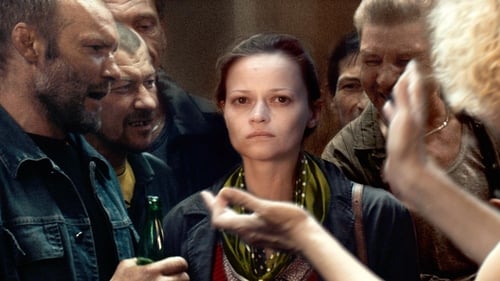
Editor
Inspirada en el relato de Dostoyevski de 1876, 'La sumisa'. Una mujer viaja a una cárcel en una región remota para averiguar qué le ha pasado a su marido después de que un envío para él fuera devuelto sin explicación.
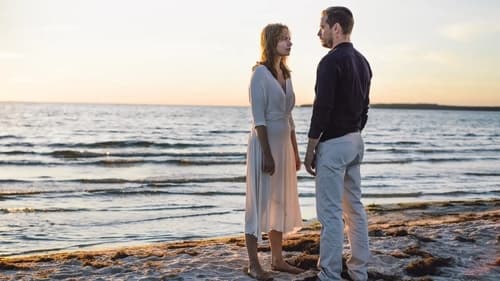
Editor
Tras haber tomado una difícil decisión, Anna y Juhan se sienten incapaces de seguir con sus vidas. Van a pasar unos días en la residencia veraniega de unos amigos,donde ofrecen cobijo a una pareja que se ha visto sorprendida por la tormenta. La pareja da por supuesto que la casa pertenece a Anna y Juhan y ellos no hacen nada para sacarles del error. En lugar de eso, aprovechan sus nuevos roles y empiezan a verbalizar su resentimiento mutuo ante los dos extraños. Pretenders es un drama psicológico sobre las verdades e ilusiones de una relación.

Editor
The new film from Sergei Loznitsa (Maidan, The Event) is a stark yet rich and complex portrait of tourists visiting the grounds of former Nazi extermination camps, and a sometimes sardonic study of the relationship (or the clash) between contemporary culture and the sanctity of the site.
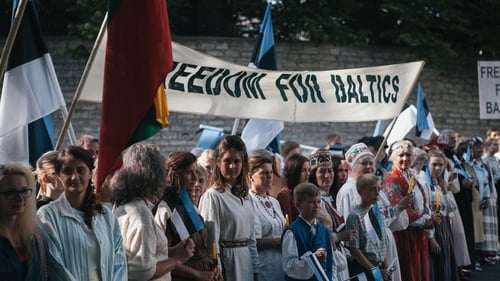
Editor
Seneca’s Day is set in the year 1989, the final period of the Soviet era in Lithuania. Eighteen-year old buddies establish the Seneca’s Fellowship with the motto “Live each day as if it was your last”. A love triangle breaks up the fellowship right at the time the nation experiences an exceptional sense of community via Baltic Chain.Twenty-five years later, the main character who at first glance appears to be accompanied by good luck, is disillusioned with himself. He has betrayed the ideals of his youth and become a cold observer of life.

Editor
In the final years of World War I a retired German field medic is sent to a remote sanatorium for soldiers suffering from post-traumatic mental disorders. There he encounters a strange, dreamlike state of existence that challenges his own war-torn mind.

Editor
Lithuanian photographer, the legend of Soviet Sixties' generation Vitas Luckus tragically passed away in 1987. Yet the life and times of the talented rebel still impassion and lead us to a journey questioning why, at all times, we are wary of those who are really free.

Editor
In August 1991 a failed coup d'état attempt (known as Putsch) led by a group of hard-core communists in Moscow, ended the 70-year-long rule of the Soviets. The USSR collapsed soon after, and the tricolour of the sovereign Russian Federation flew over Kremlin. As president Gorbachev was detained by the coup leaders, state-run TV and radio channels, usurped by the putschists, broadcast Tchaikovsky's "Swan Lake" instead of news bulletins, and crowds of protestors gathered around Moscow's White House, preparing to defend the stronghold of democratic opposition led by Boris Yeltsin, in the city of Leningrad thousands of confused, scared, excited and desperate people poured into the streets to become a part of the event, which was supposed to change their destiny. A quarter of a century later, Sergei Loznitsa revisits the dramatic moments of August 1991 and casts an eye on the event which was hailed worldwide as the birth of "Russian democracy".

Editor
Six various novels united in a one movie.

Editor
Film about the order of things: everyone has his own.

Editor
Una mirada weismaniana a los disturbios civiles que acontecieron en la plaza central de la capital de Ucrania, documento único e insobornable de lo que realmente ocurrió en aquellos turbulentos meses. La historia frente a nuestros ojos. En Maidan se dan discursos, se conversa y se canta pero, sobre todo, es punto de encuentro y unión. Maidan, la Plaza de la Independencia de Kiev, el equivalente a la Puerta del Sol madrileña, fue el escenario del particular 15M del pueblo ucraniano: excepcional movimiento popular cuya mecha fue encendida por la negativa del presidente Yanukovych a entrar en la Unión Europea. Una película urgente –terminada apenas a tiempo para Cannes– del gran Sergei Loznitsa (In the Fog).

Self
A documentary to commemorate the 20th anniversary of the Faculty of Film and Television.
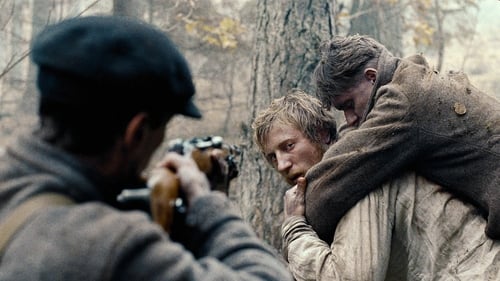
Editor
Segunda Guerra Mundial, año 1942. En la frontera rusa, los partisanos de la resistencia bielorrusa luchan encarnizadamente contra la ocupación nazi. A través de la historia de dos partisanos cuyos caminos confluyen, el relato denuncia la irracionalidad y la crueldad de la guerra. Adaptación de la novela homónima del prolífico escritor bielorruso Vasiliy Vladimirovich Bykov.

Editor
The "Field of Magic" is a docu-poem about people living for over two decades in the Buda forest, near the closed down Kariotiskes dump in Lithuania. After four years of work, this film captures the perspective of the dump dwellers. It tells the story about the dissolving community, its uniqueness, daily routine, specific way of life, every-day joys and sorrows.

Editor
A drug smuggler is betrayed by his partner and is then forced to seek help from Russian mobsters.
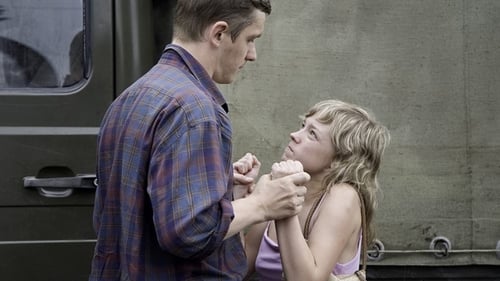
Editor
Georgy is driving a load of freight into Russia when, after an unpleasant encounter with the police at a border crossing, he finds himself giving a lift to a strange old man with disturbing stories about his younger days in the Army. After next picking up a young woman who works as a prostitute and is wary of the territory, Georgy finds himself lost, and despite asking some homeless men for help, he’s less sure than he was before of how to make his way back where he belongs. As brutal images of violence and alienation cross the screen, Georgy’s odyssey becomes darker and more desperate until it reaches an unexpected conclusion.

Editor
Ron has lost his job and watched his family fall apart. He spends his days at the club of his childhood friend, Adi, where he plays cards for money. It is springtime. He meets Dina, an old friend of Adi. They quickly become close, start playing as a team, and move in together. One evening, Ron loses all his money at the tables, gets drunk and is thrown out by Adi’s bodyguards. Dina takes advantage of the turmoil to steal from Adi. She convinces Ron to skip town. The two hide out in a fishing village. It is autumn. Ron and Dina discover that they know nothing about each another. They are strangers who can’t so much as look into each other’s eyes much less tell each other the truth.

Editor
A nearly-suicidal, young woman visits a psychotherapist. She is in love with a priest, and the diagnosis of her husband's mental illness leaves no hope. The psychotherapist, in her attempts to resolve the amassed difficulties, seemingly begins to duplicate the life stages and behavioral patterns of her patient. A script for this film is based on motifs from the best-seller, scandalous novel, Witch and Rain, by female author, Jurga Ivanauskaite. By choosing a priest as the main role for a love story, the author broke an existing societal taboo. Faith, Love and Hope form the trilogy by the authors of this screenplay. Love stands as the grandest of the three.

Editor
Sorrow does not come merely from contemplating death, which forces us to look into Eternity, but also from life, which compels us to confront Time", wrote Russian philosopher Nikolai Berdyayev. Renowned Lithuanian documentarist Audrius Stonys took these words as a motto for his latest film, a meditative visual essay which portrays old people undertaking all kinds of activities, meditation and group laughter therapy. Without a single word of commentary, he creates from sophisticated, aesthetic images a compelling study of human corporeality which, in an ideal union with spiritual equilibrium, can sustain us with the pledge that old age doesn't have to be a painful wait for the last breath.



























